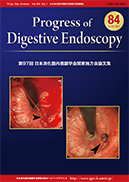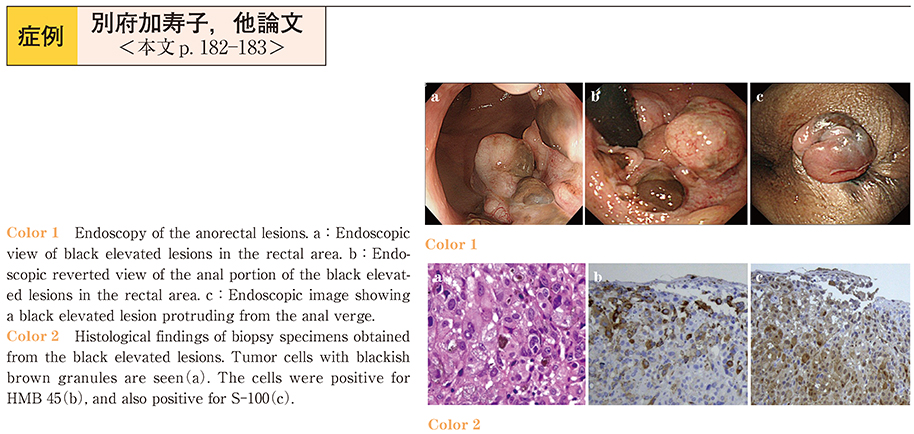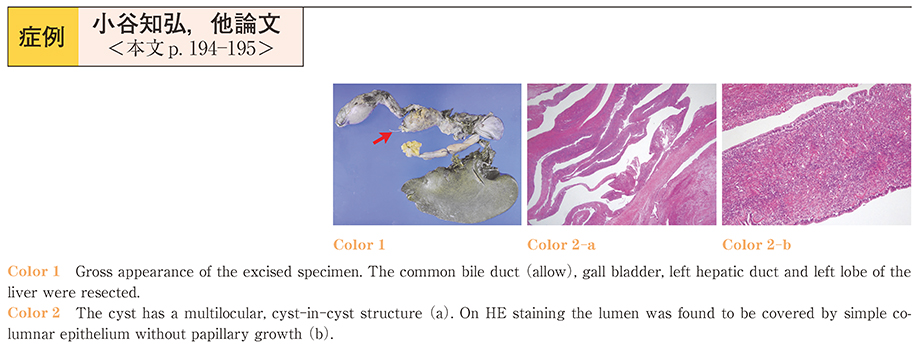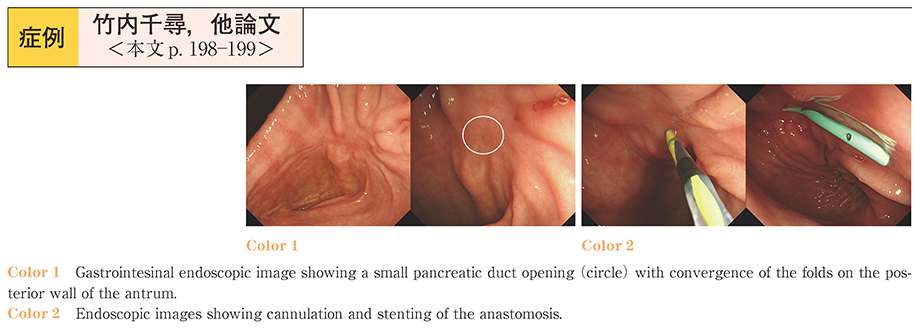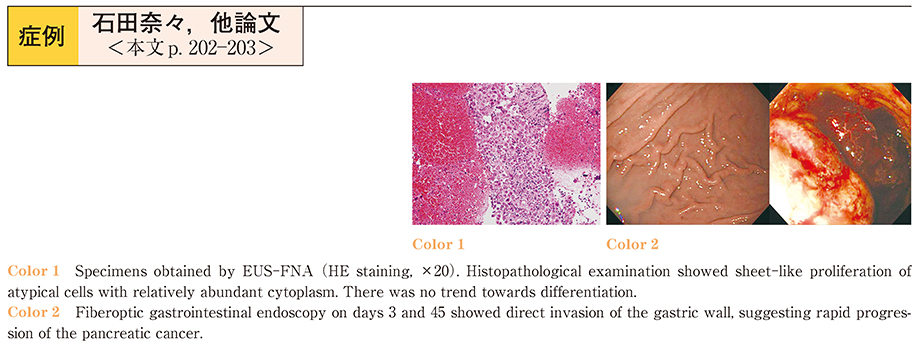84 巻, 1 号
選択された号の論文の78件中51~78を表示しています
症例
-
2014 年 84 巻 1 号 p. 150-151
発行日: 2014/06/14
公開日: 2014/06/21
PDF形式でダウンロード (516K) -
2014 年 84 巻 1 号 p. 152-153
発行日: 2014/06/14
公開日: 2014/06/21
PDF形式でダウンロード (322K) -
2014 年 84 巻 1 号 p. 154-155
発行日: 2014/06/14
公開日: 2014/06/21
PDF形式でダウンロード (307K) -
2014 年 84 巻 1 号 p. 156-157
発行日: 2014/06/14
公開日: 2014/06/21
PDF形式でダウンロード (401K) -
2014 年 84 巻 1 号 p. 158-159
発行日: 2014/06/14
公開日: 2014/06/21
PDF形式でダウンロード (332K) -
2014 年 84 巻 1 号 p. 160-161
発行日: 2014/06/14
公開日: 2014/06/21
PDF形式でダウンロード (349K) -
2014 年 84 巻 1 号 p. 162-163
発行日: 2014/06/14
公開日: 2014/06/21
PDF形式でダウンロード (660K) -
2014 年 84 巻 1 号 p. 164-165
発行日: 2014/06/14
公開日: 2014/06/21
PDF形式でダウンロード (577K) -
2014 年 84 巻 1 号 p. 166-167
発行日: 2014/06/14
公開日: 2014/06/21
PDF形式でダウンロード (318K) -
2014 年 84 巻 1 号 p. 168-169
発行日: 2014/06/14
公開日: 2014/06/21
PDF形式でダウンロード (412K) -
2014 年 84 巻 1 号 p. 170-171
発行日: 2014/06/14
公開日: 2014/06/21
PDF形式でダウンロード (351K) -
2014 年 84 巻 1 号 p. 172-173
発行日: 2014/06/14
公開日: 2014/06/21
PDF形式でダウンロード (561K) -
2014 年 84 巻 1 号 p. 174-175
発行日: 2014/06/14
公開日: 2014/06/21
PDF形式でダウンロード (350K) -
2014 年 84 巻 1 号 p. 176-177
発行日: 2014/06/14
公開日: 2014/06/21
PDF形式でダウンロード (420K) -
2014 年 84 巻 1 号 p. 178-179
発行日: 2014/06/14
公開日: 2014/06/21
PDF形式でダウンロード (487K) -
2014 年 84 巻 1 号 p. 180-181
発行日: 2014/06/14
公開日: 2014/06/21
PDF形式でダウンロード (828K) -
2014 年 84 巻 1 号 p. 182-183
発行日: 2014/06/14
公開日: 2014/06/21
PDF形式でダウンロード (595K) -
2014 年 84 巻 1 号 p. 184-185
発行日: 2014/06/14
公開日: 2014/06/21
PDF形式でダウンロード (322K) -
2014 年 84 巻 1 号 p. 186-187
発行日: 2014/06/14
公開日: 2014/06/21
PDF形式でダウンロード (428K) -
2014 年 84 巻 1 号 p. 188-189
発行日: 2014/06/14
公開日: 2014/06/21
PDF形式でダウンロード (537K) -
2014 年 84 巻 1 号 p. 190-191
発行日: 2014/06/14
公開日: 2014/06/21
PDF形式でダウンロード (499K) -
2014 年 84 巻 1 号 p. 192-193
発行日: 2014/06/14
公開日: 2014/06/21
PDF形式でダウンロード (485K) -
2014 年 84 巻 1 号 p. 194-195
発行日: 2014/06/14
公開日: 2014/06/21
PDF形式でダウンロード (478K) -
2014 年 84 巻 1 号 p. 196-197
発行日: 2014/06/14
公開日: 2014/06/21
PDF形式でダウンロード (532K) -
2014 年 84 巻 1 号 p. 198-199
発行日: 2014/06/14
公開日: 2014/06/21
PDF形式でダウンロード (393K) -
2014 年 84 巻 1 号 p. 200-201
発行日: 2014/06/14
公開日: 2014/06/21
PDF形式でダウンロード (545K) -
2014 年 84 巻 1 号 p. 202-203
発行日: 2014/06/14
公開日: 2014/06/21
PDF形式でダウンロード (390K)
お詫びと訂正
-
2014 年 84 巻 1 号 p. 218
発行日: 2014年
公開日: 2014/06/21
PDF形式でダウンロード (195K)
